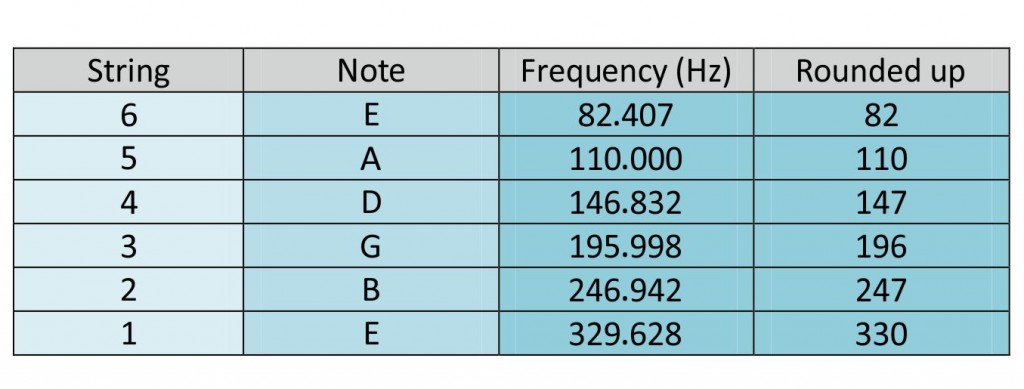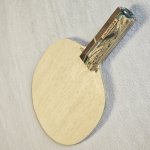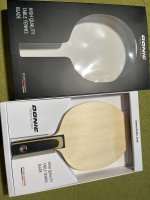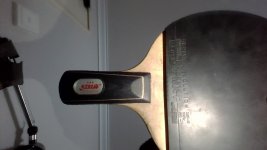Just throwing it out there.
1st Mode of Vibration (Hz)
A certain PLStar 5-ply all-wood blade - 39.58±0.86
A certain Keyshot Light 3+2 Vectran blade - 39.97±1.21
A certain Primorac Carbon 3+2 Carbon blade - 54.56±0.49
Coefficient of Restitution in the Normal Direction at Low/Medium/High Impact Velocity (7.41±0.4/8.28±0.52/9.16±0.46 m/s)
Blade Alone
5-ply all-wood - 0.7±0.01, 0.7±0.04, 0.73±0.04
3+2 Vectran - 0.7±0.03, 0.7±0.03, 0.71±0.02
3+2 Carbon - 0.75±0.05, 0.75±0.05, 0.79±0.06
With Sriver in 2.0 On Side of Impact
5-ply all-wood - 0.92, 0.86, 0.84
3+2 Vectran - 0.92, 0.87, 0.84
3+2 Carbon - 0.93, 0.89, 0.86
Contact Duration (ms) at Low/Medium/High Impact Velocity (7.41±0.4/8.28±0.52/9.16±0.46 m/s)
Blade Alone
5-ply all-wood - 1.74±0.17, 1.53±0.10, 1.40±0.07
3+2 Vectran - 1.68±0.08, 1.47±0.06, 1.38±0.21
3+2 Carbon - 1.44±0.23, 1.40±0.07, 1.32±0.05
With Sriver in 2.0 On Side of Impact
5-ply all-wood - 1.67, 1.47, 1.33
3+2 Vectran - 1.67, 1.43, 1.27
3+2 Carbon - 1.37, 1.2, 1.1
BTW, the blades are rated medium, medium-fast, and fast by the manufacturer.
Feel free to thank me by filling up my piggy bank.
2023/8/5 Added blade model and dwell time














